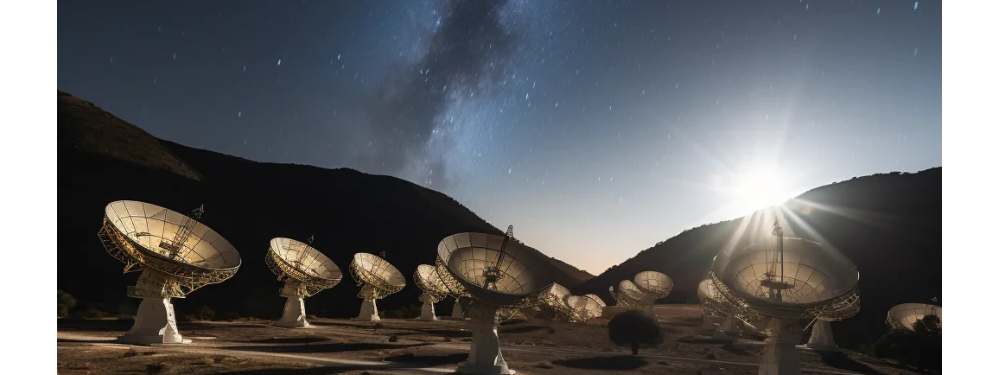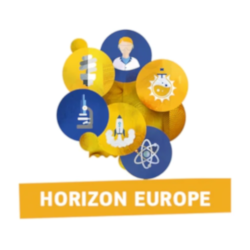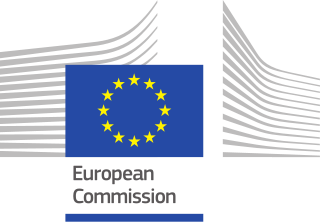
Astronomy is being transformed by surveys performed with instruments capable of searching the sky for multi-messenger signals with high speed and sensitivity, while delivering science-read datasets to the community. While radio astronomy is not yet fully participating in this revolution, an instrument following the same philosophy that would finally open the dynamic radio sky for exploration is not only urgent but inevitable.
ARGOS Conceptual Design Study (ARGOS-CDS) is a concept TRL2 for a leading-edge, low-cost, sustainable “small-D, big-N” radio interferometer that will realize this ambition, directly addressing multiple fundamental scientific questions, from the nature of dark matter and dark energy to the origin of fast radio bursts.
ARGOS Conceptual Design Study (ARGOS-CDS): Designing a Next-Generation Radio Facility For Multi-Messenger Astronomy is funded by the European Commission under the HORIZON-INFRA-2022-DEV-01 call Grant Agreement No. 101094354
Astronomy is being transformed by public surveys performed with instruments that are searching the sky for multimessenger signals with high speed and sensitivity, while delivering science-ready datasets to the community. While radio astronomy is not yet fully participating in this revolution, an instrument following the same philosophy, which would finally open the dynamic radio sky for exploration, is not only urgent but inevitable. ARGOS-CDS is a concept for a leading-edge, low-cost, sustainable European astronomical facility that will finally realize this ambition, directly addressing multiple fundamental scientific questions, from the nature of dark matter and dark energy to the origin of fast radio bursts and the properties of extreme gravity, thereby satisfying urgent needs of the community. ARGOS-CDS will enable, for the first time, continuous wide-field monitoring of the sky at centimetre wavelengths, while publicly distributing science-ready data and alerts in real time. To make the strategic scientific need for such a facility clear and accessible to funding and policy bodies, a detailed design study is necessary. This should include technical studies, community groundwork and prototyping, as well as quantitative cost-tobenefit analysis, well-calibrated project budget, and assessments of scientific and socioeconomic impact, sustainability, technological readiness, and innovation needs.
The ARGOS-CDS vision is to conduct a conceptual design study that will fully prepare the subsequent rapid implementation of a leading-edge public radio facility on European grounds and ensure its optimal integration into the network of existing and future international astronomical infrastructures. ARGOS-CDS will achieve this by directly addressing the aforementioned challenges via an integrated systems-engineering approach, producing explicit deliverables for each. As part of the design process, ARGOS-CDS will also produce cutting-edge science, as well as big-data and artificial intelligence (AI) technologies with significant scientific impact and lasting spill-over societal benefits. These technologies will also improve the sustainability and alignment of the entire European Astronomical Research Infrastructure ecosystem.
The overarching objective for the ARGOS conceptual design study (henceforth ARGOS-CDS) is to prepare fully for the subsequent rapid implementation of a leading-edge astronomical instrument in Europe and ensure its optimal integration into the network of existing and future international astronomical facilities. ARGOS-CDS comprises a 3-year project organized in 9 Work Packages to address all relevant scientific, technological, sustainability and policy-making challenges, following a top-down systems engineering approach.
Consortium consists of five partners at four institutions: The Institute of Astrophysics of the Foundation for Research and Technology (FORTH-IA), the Max Planck Institute of Radio Astronomy in Bonn, Germany (MPIfR), the Astrophysics Division of CEA Saclay (CEA-Saclay), the Institute of Computer Science of FORTH (FORTH-ICS) and the Department of Digital Systems at the University of Piraeus (UPRC). The five partners combine worldleading expertise on all areas related to the ARGOS-CDS project, namely astrophysics, radio astronomical instrumentation and telescope building, electronics, astronomical software and data reduction, parallel processing, cloud computing, and the transfer of knowledge from astrophysics to industrial and technological applications.
The astrophysics expertise is provided by FORTH-IA and MPIfR, which both host diverse research groups active in radio data analysis, multi-messenger science, and the physics of radio-loud sources and transients31. The two institutions also provide an extensive network of international scientific collaborations, a thorough familiarity with funding bodies and their procedures, and dedicated outreach resources, which will help involve the scientific community, funding agencies, and the public as stakeholders already from the beginning of the project. World-class expertise in radio astronomical instrumentation is provided by MPIfR, while additional instrumentation expertise is provided by UPRC, FORTH-ICS/Telecommunications Network Laboratory (electromagnetic field measurements) and the IA-FORTH instrumentation team, with the latter also providing deep familiarity with the primary candidate site, its facilities, and its infrastructure. Internationally demonstrated expertise in astronomical software and data reduction is provided by CEASaclay, with significant additional expertise present at all institutes. All partners have already developed successful collaborations between them on the ARGOS-CDS-related subject (for example, CEA-Saclay with FORTH-ICS on image processing, FORTH-ICS with FORTH-IA on classification, FORTH-IA with MPIfR on pulsar and stellar astrophysics, FORTH-IA and UPRC on antenna design and FRBs), so collaborative project implementation procedures between participants are already streamlined. Similarly, the team features very strong expertise and innovation leadership in the effective utilization of computer resources (parallel processing, cloud computing) through FORTH-ICS and UPRC, which will additionally provide the relevant infrastructure, while FORTH-IA, CEA-Saclay and MPIfR are already users of best-practices in these domains.
©2024-2026 IEEE. Personal use of this material is permitted. Permission from IEEE must be obtained for all other uses, in any current or future media, including reprinting/republishing this material for advertising or promotional purposes, creating new collective works, for resale or redistribution to servers or lists, or reuse of any copyrighted component of this work in other works.



This project has received funding from the European Union’s Horizon Europe research and innovation programme under grant agreement No. 101094354.